I recently got a Venmo card, which is my first card with contactless support. I was looking at the EMV pins and noticed a very weird design. In the middle of the ground pin, there is this long, thin pin extending into it that I've never seen before.
It has ~5 MΩ between it and the ground, so it doesn't seem like just an aesthetic feature. What does it do (and why isn't it on most cards)?
